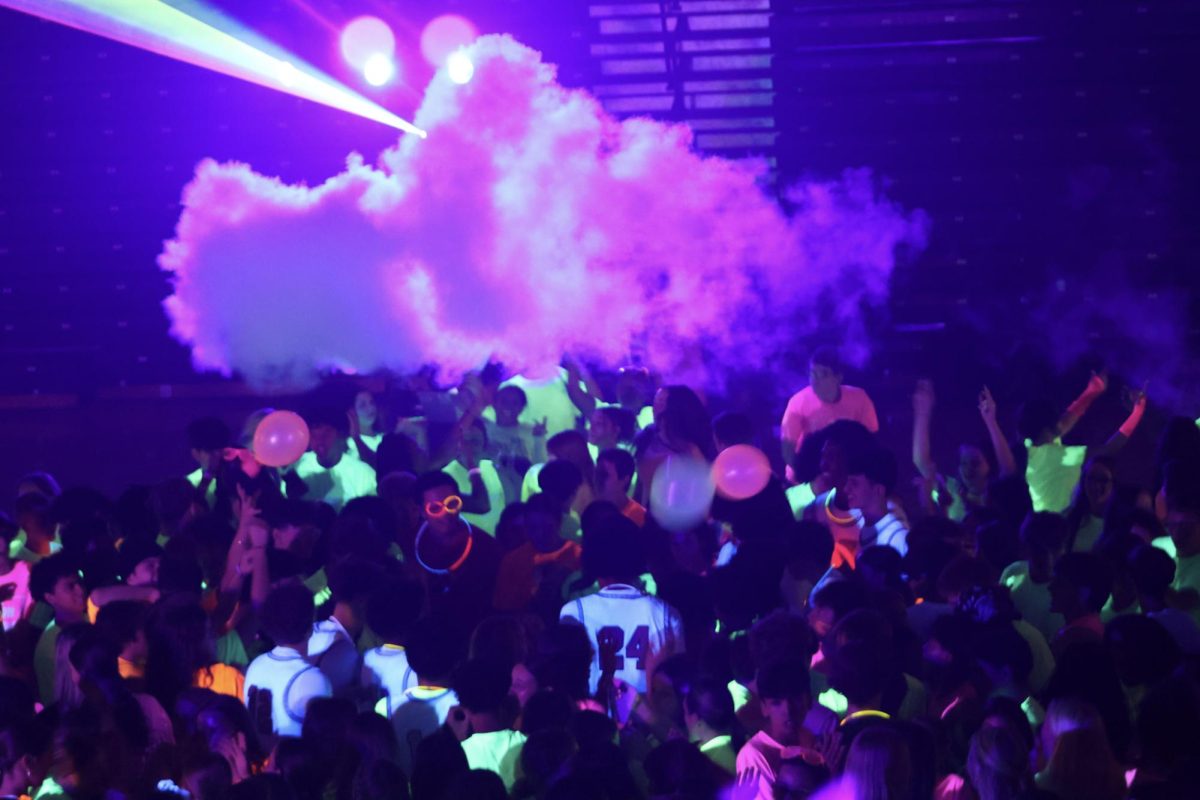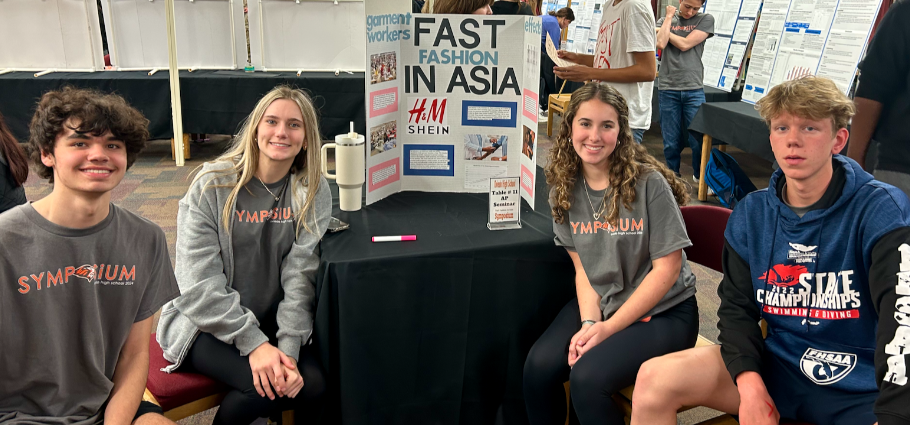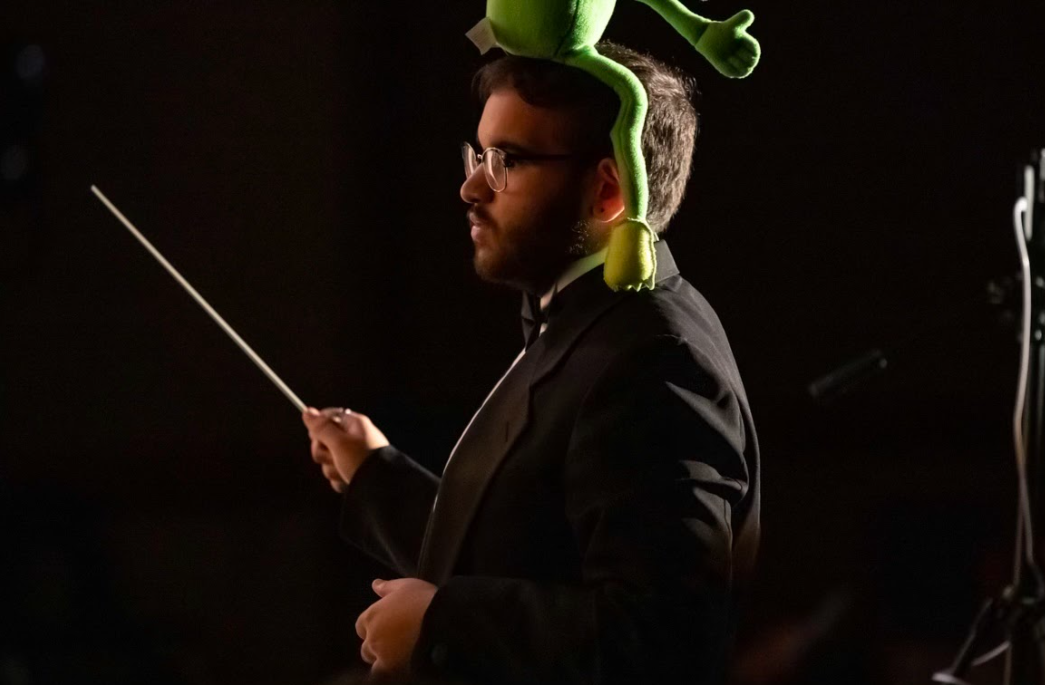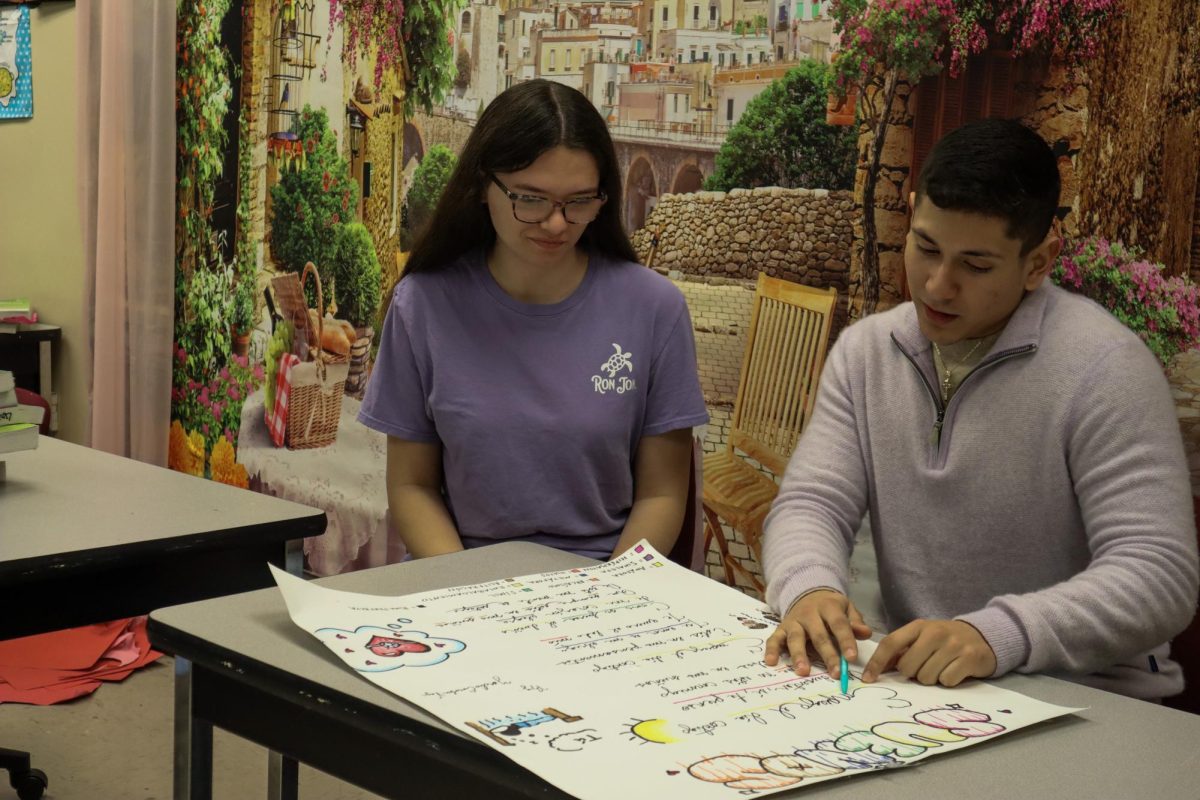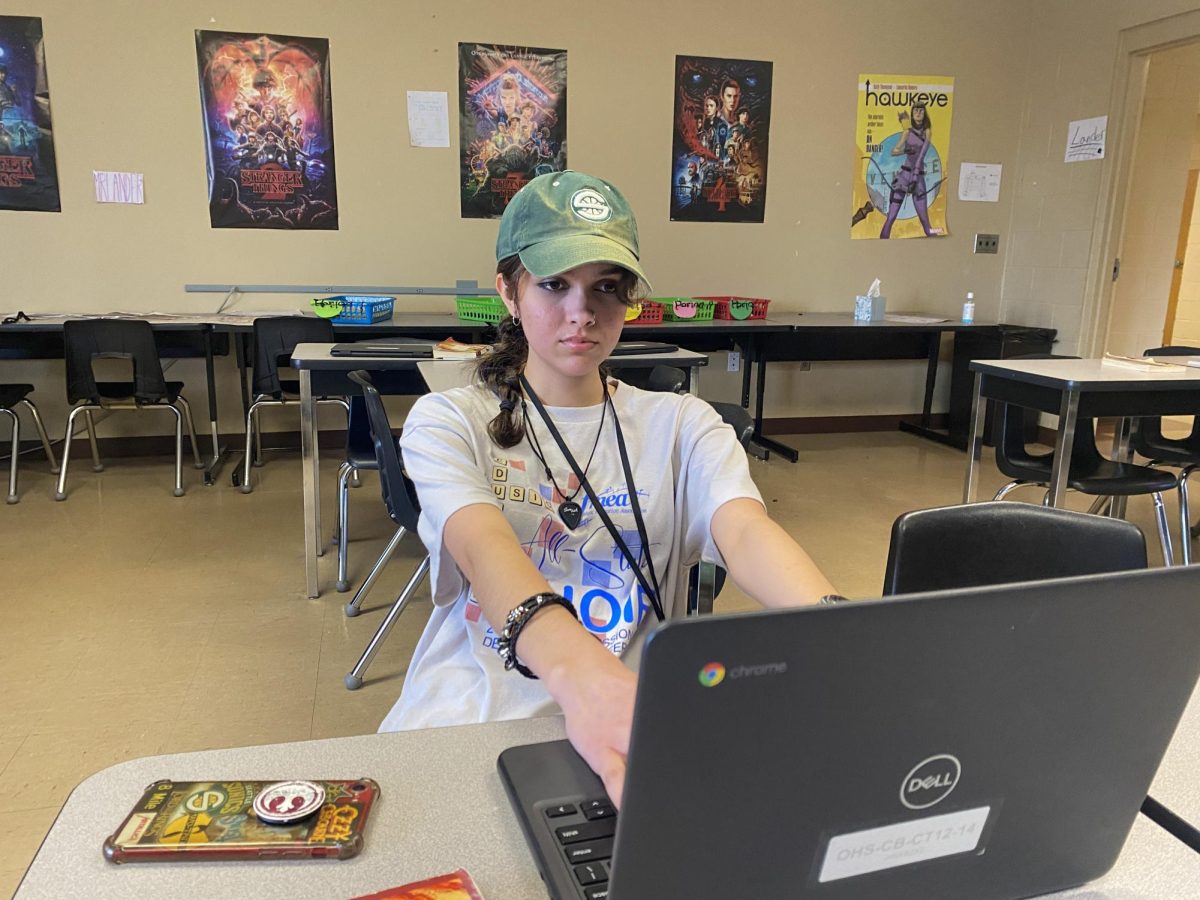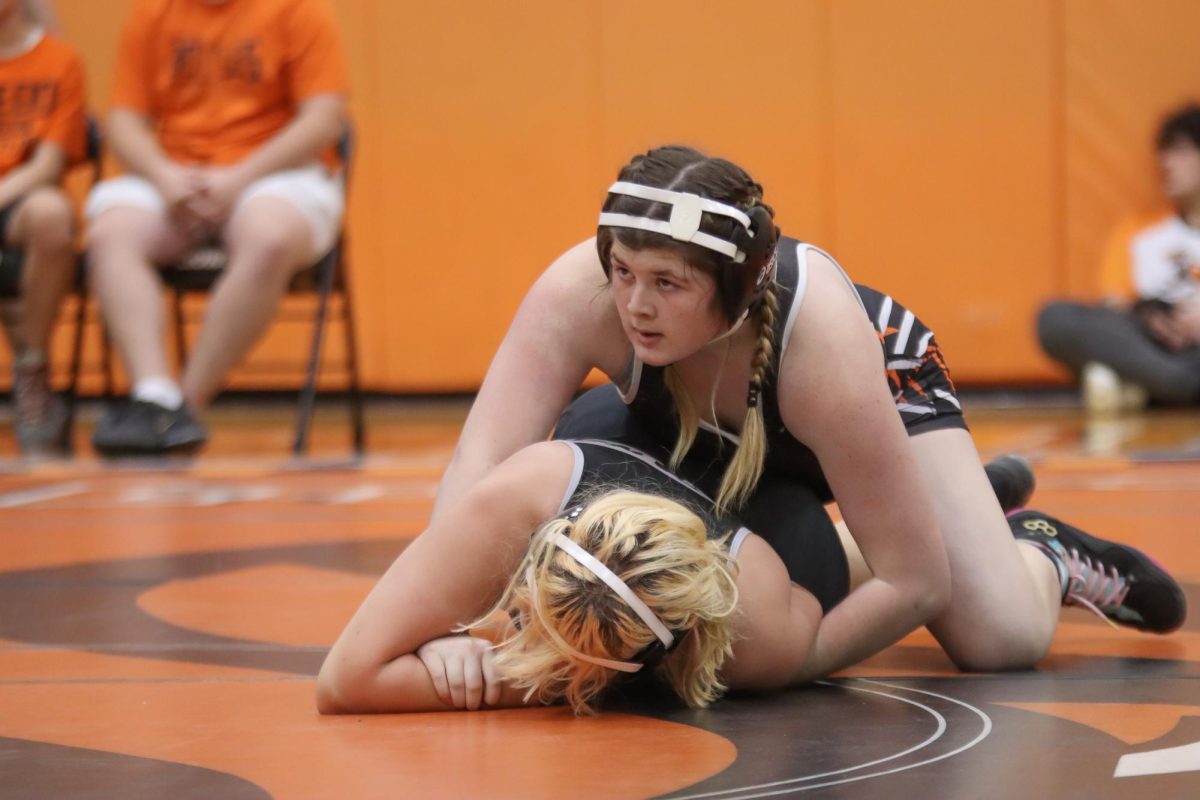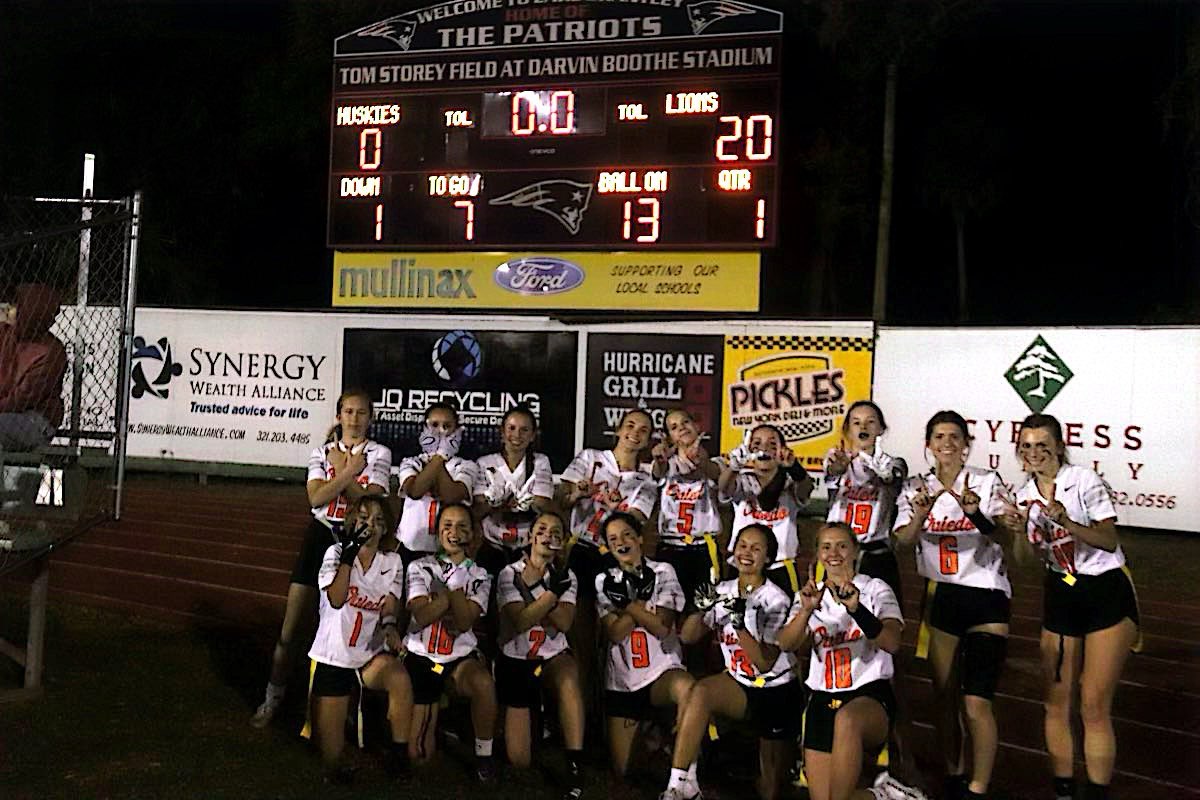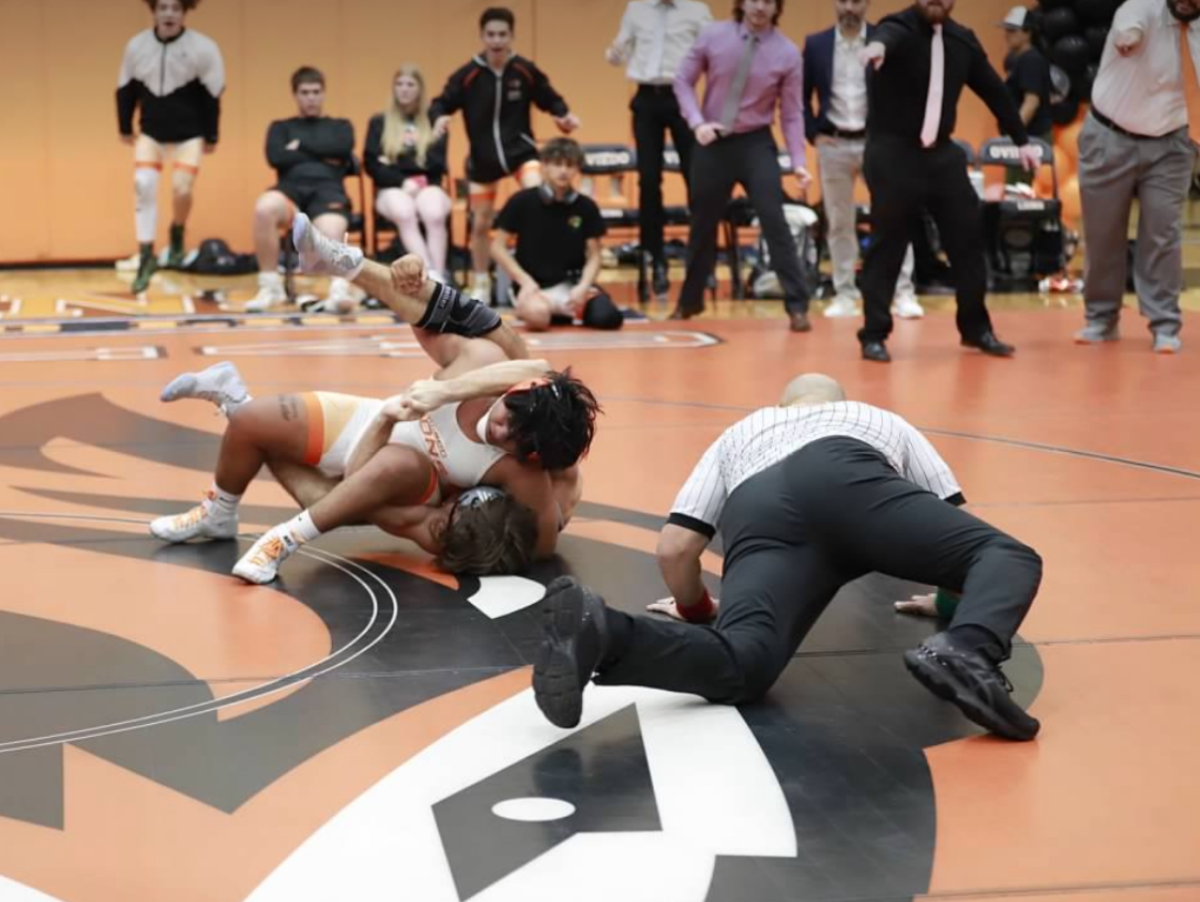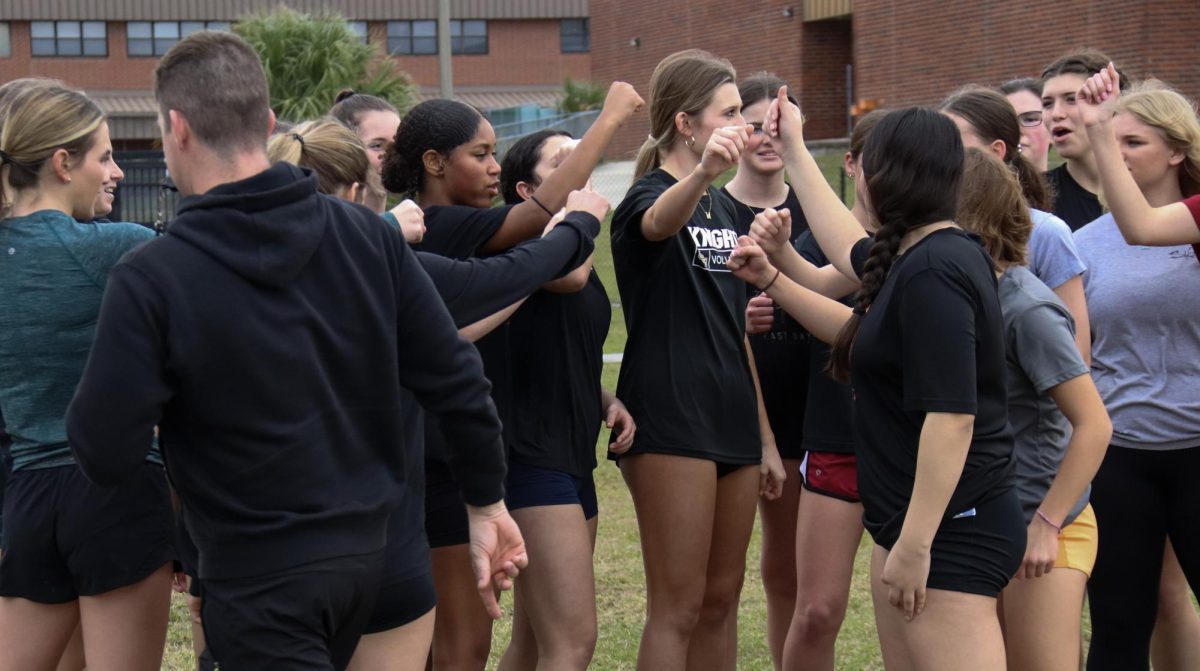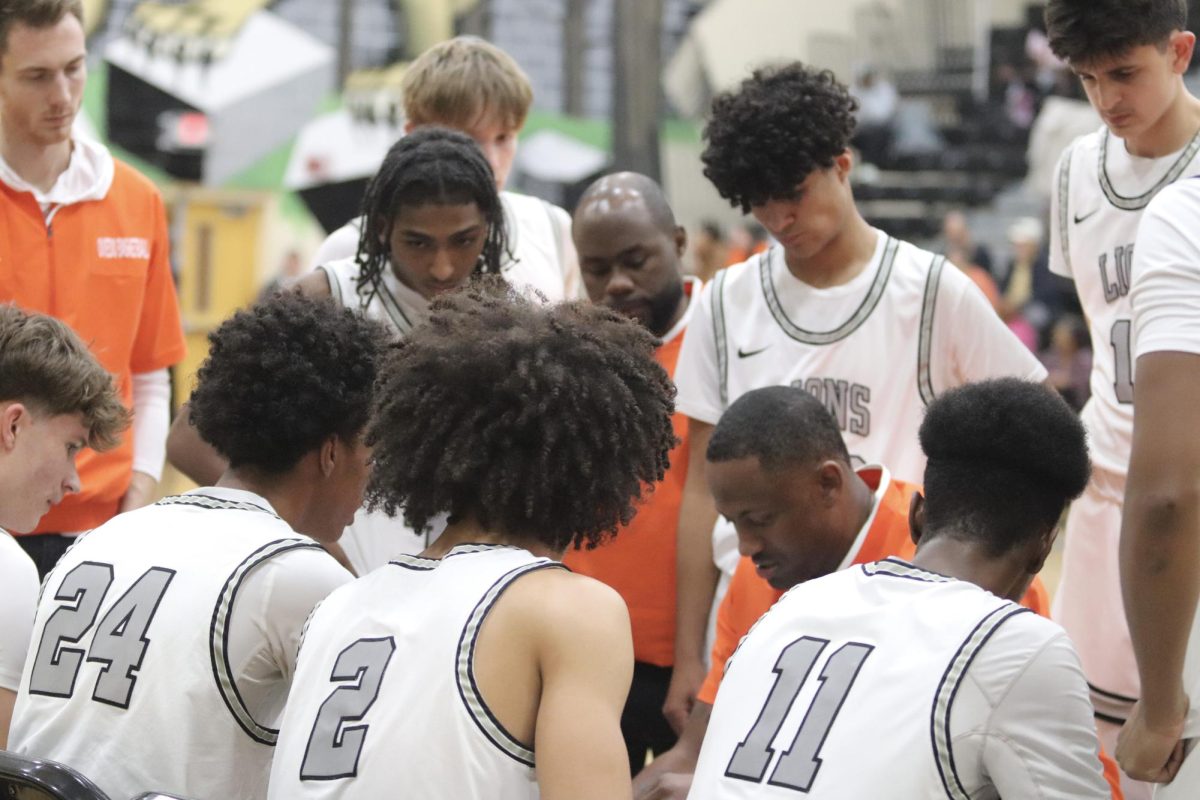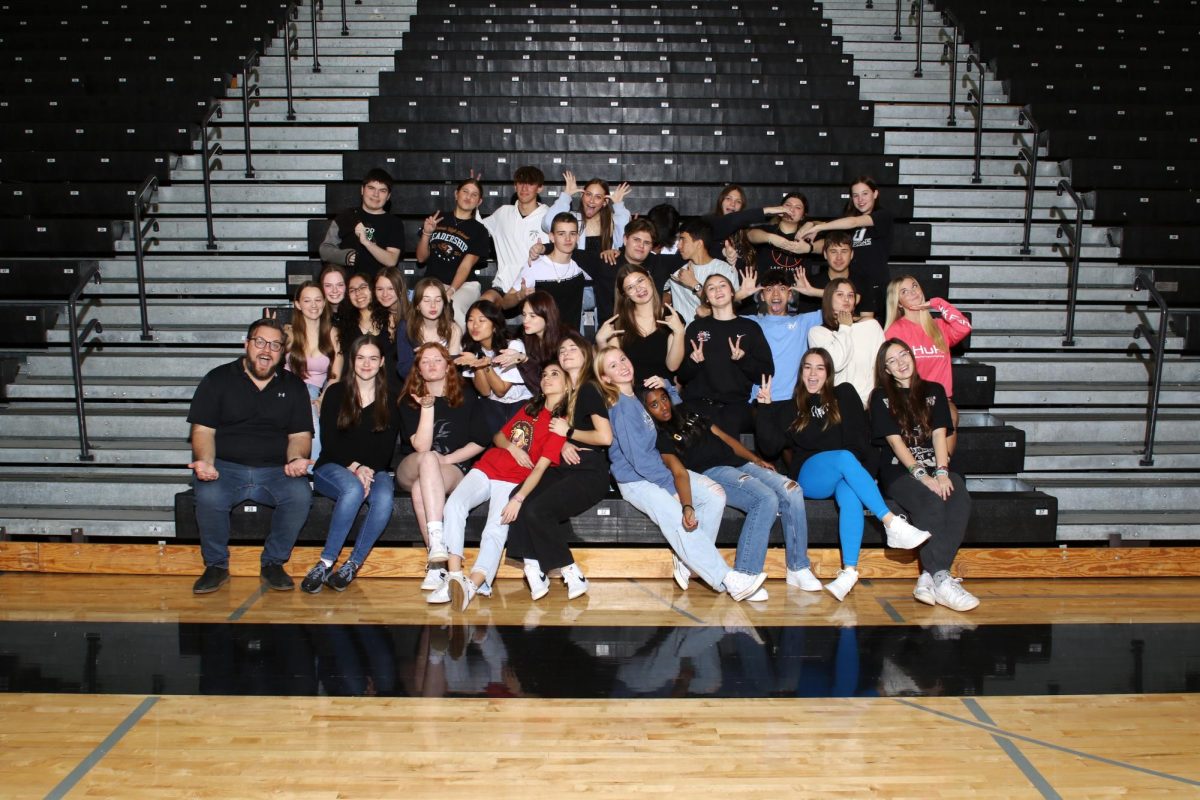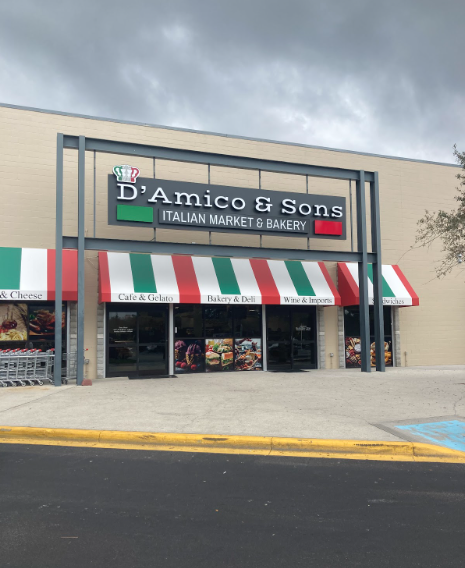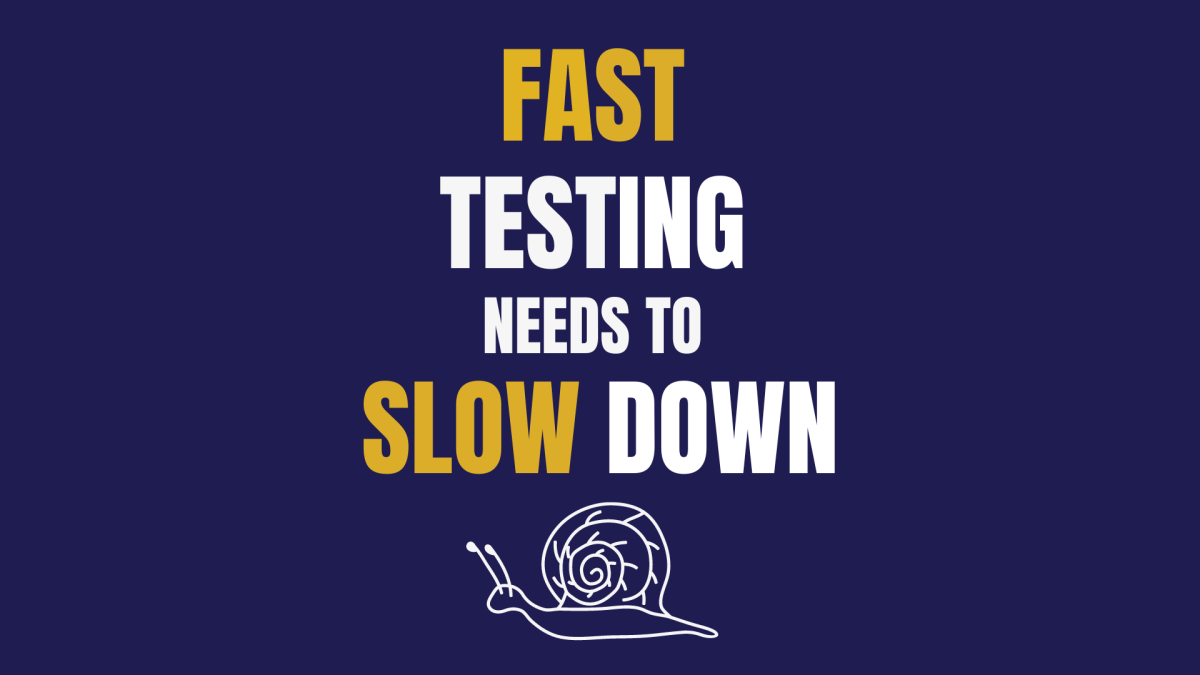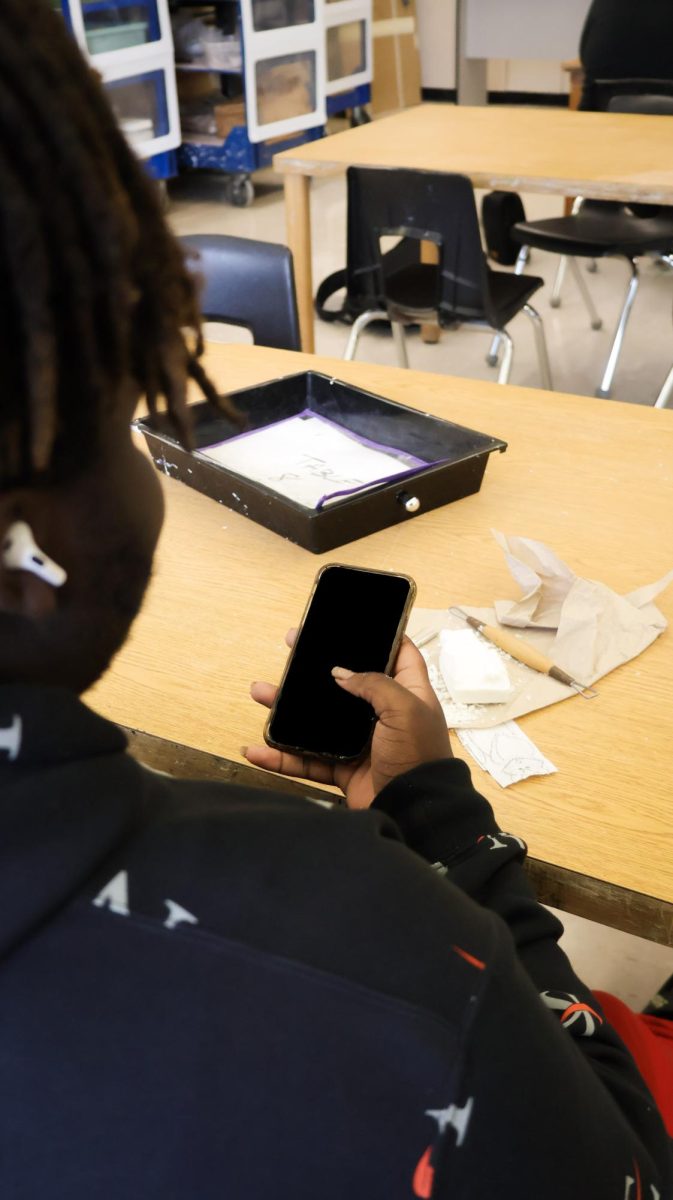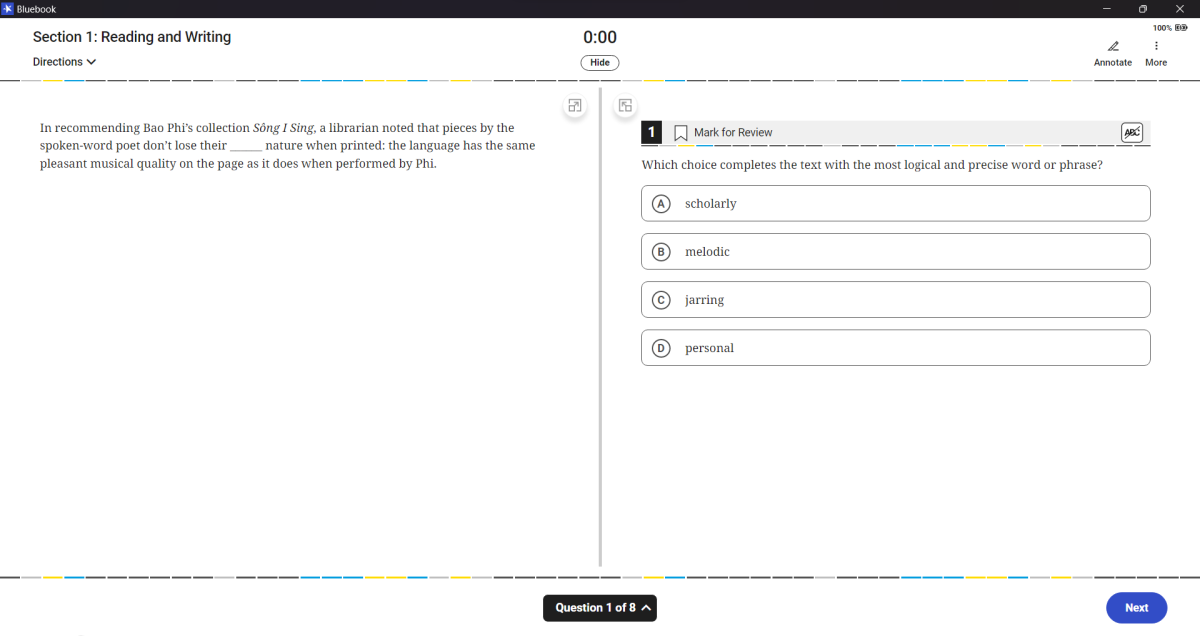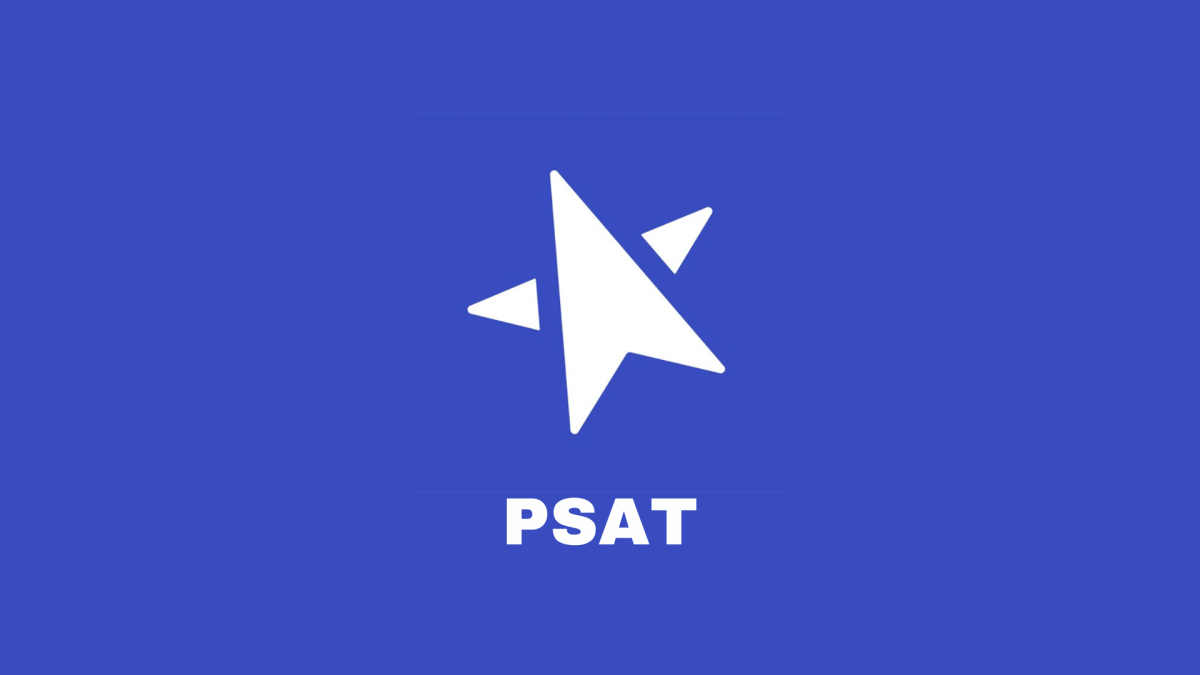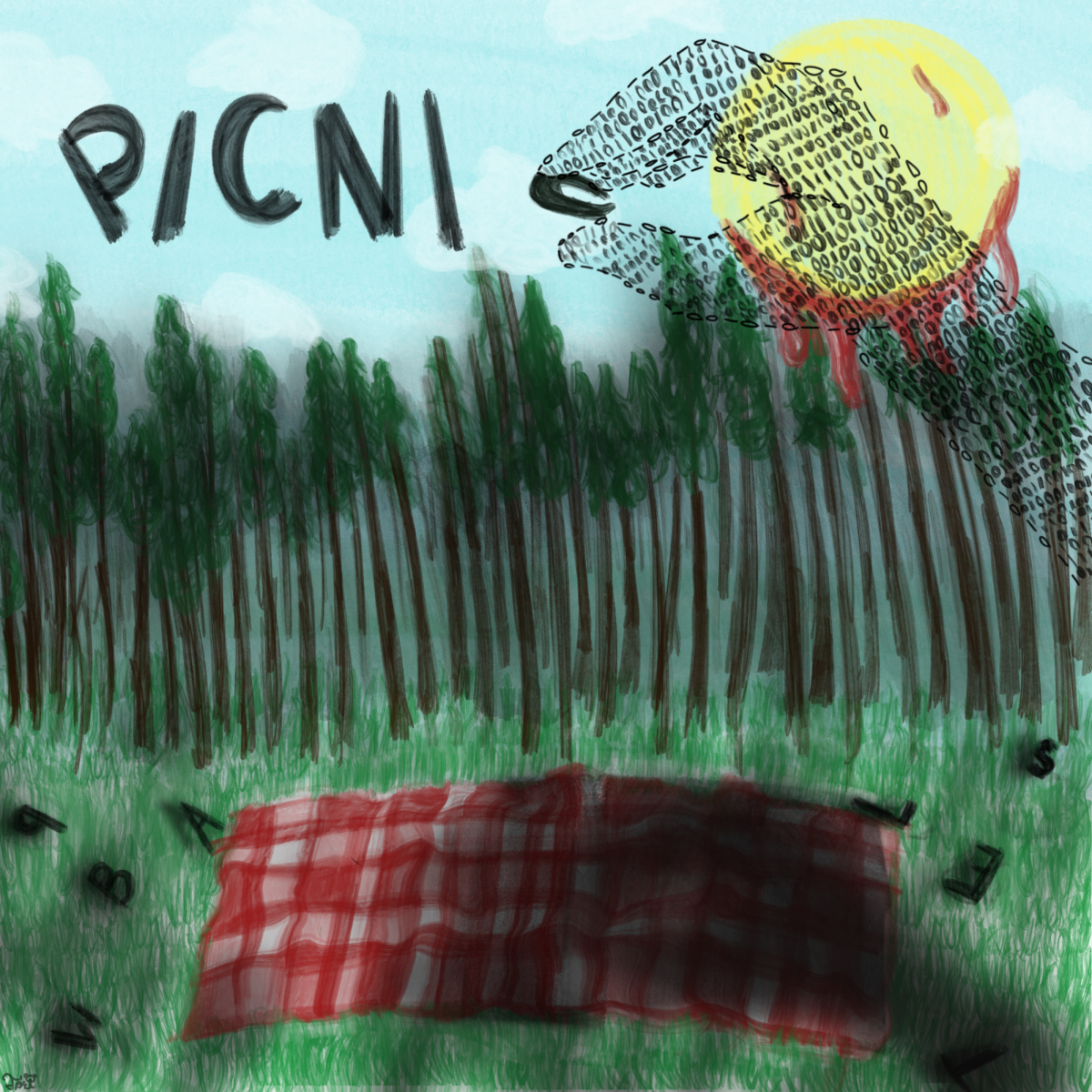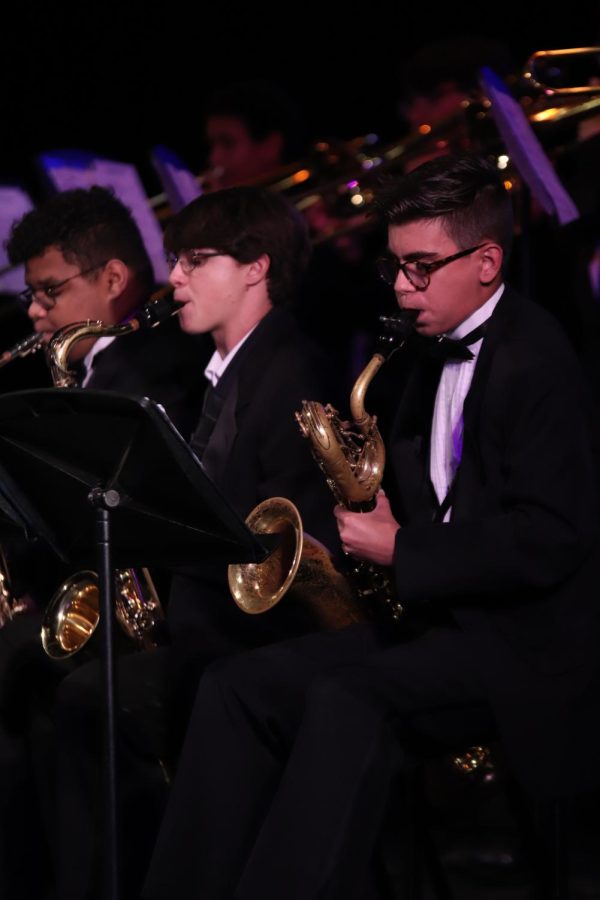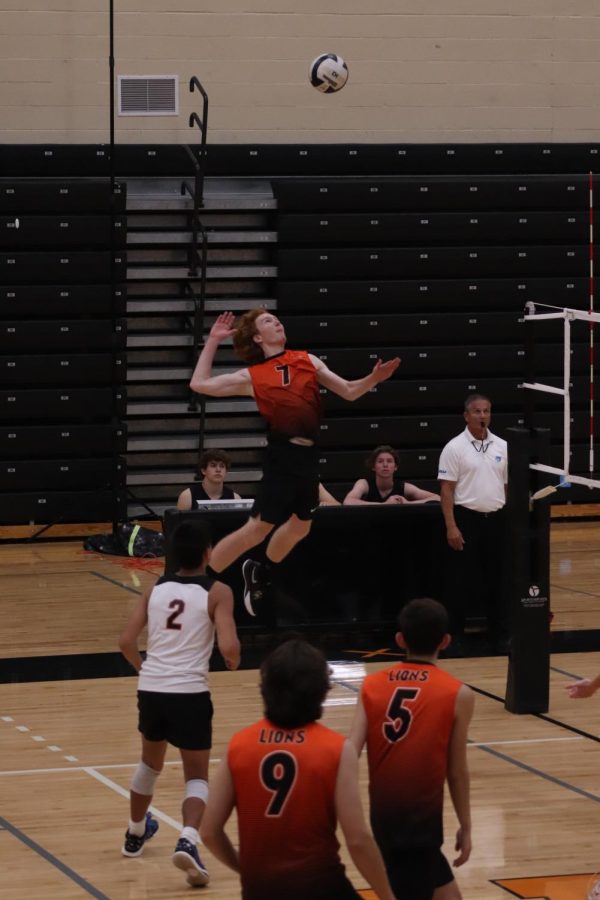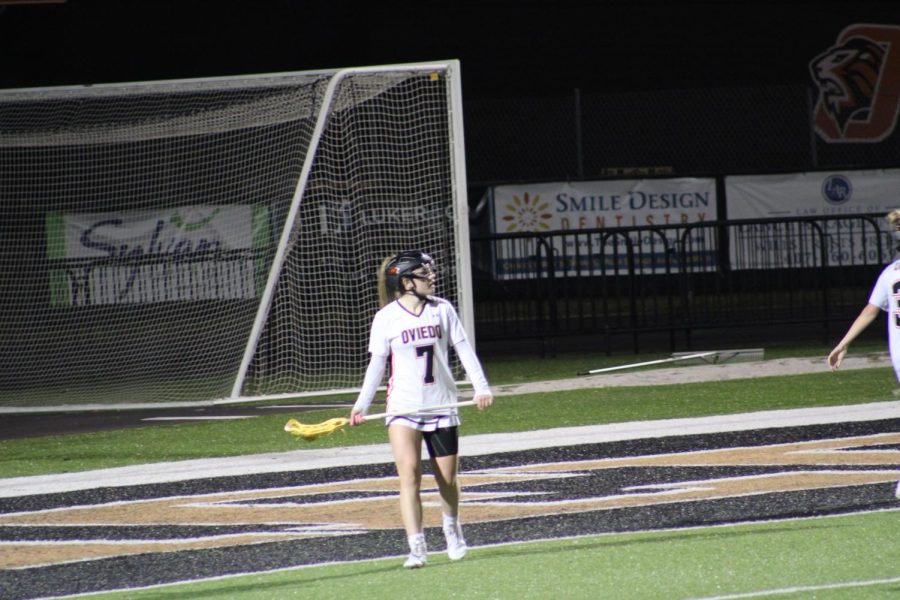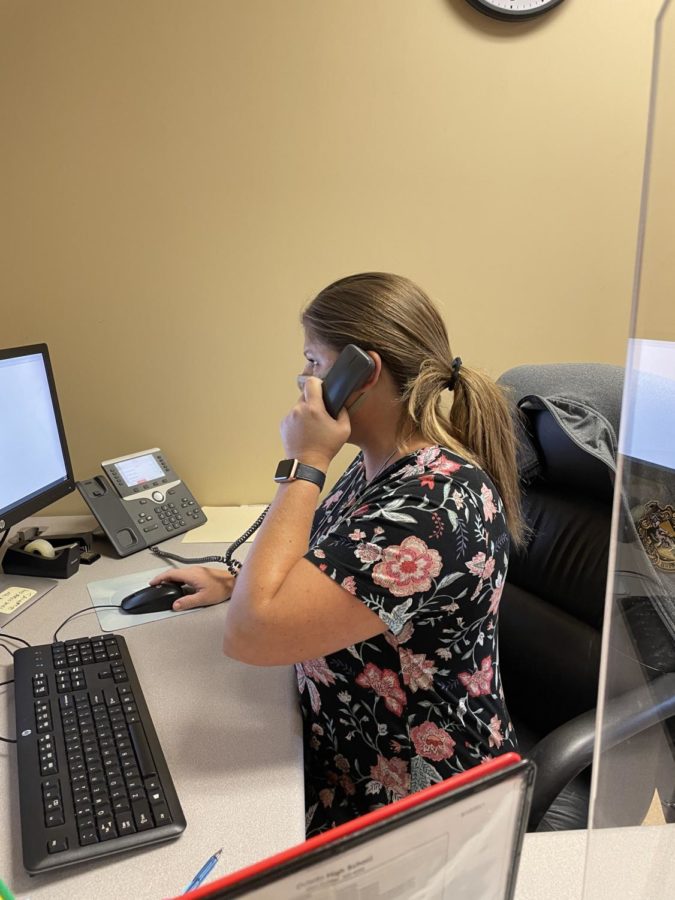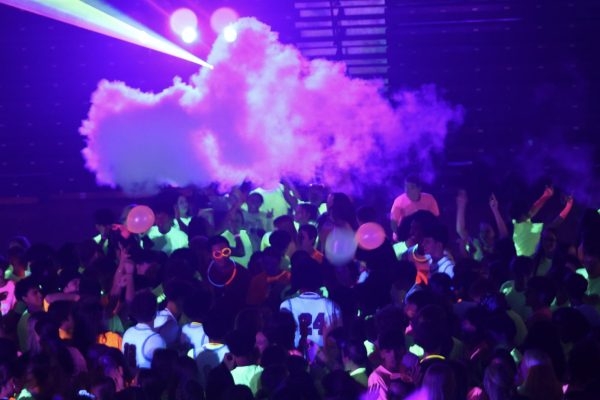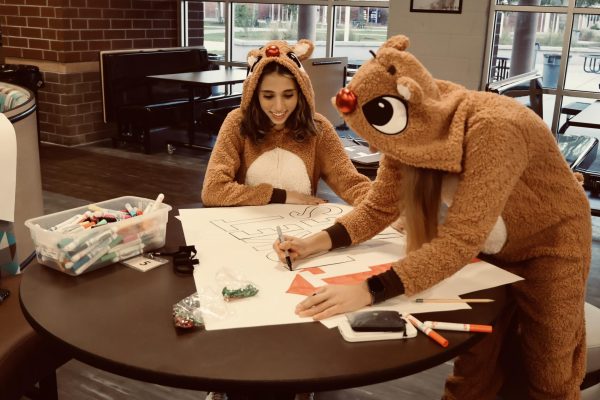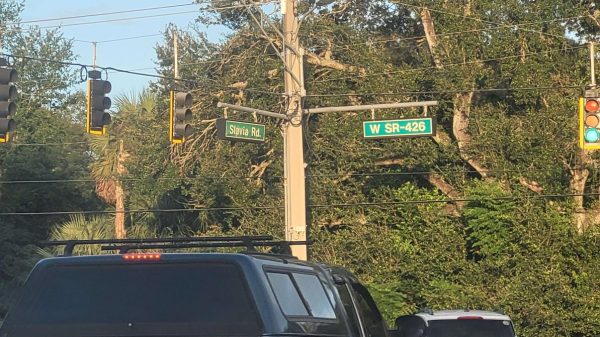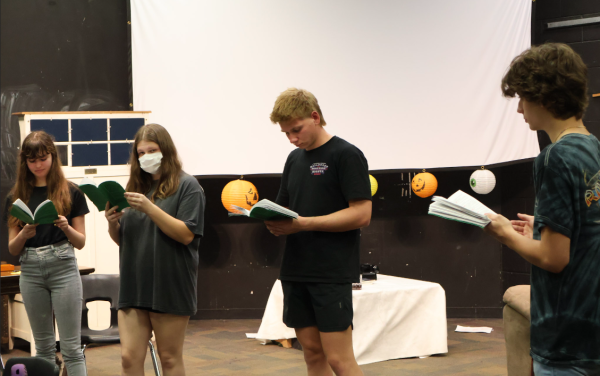Students feel that contact tracing system could be improved
This story was originally published in the first edition of The Lion’s Tale (October 7th, 2021).
As thousands of students across the U.S. return to school in the midst of the COVID-19 pandemic, Oviedo High School (OHS) has instituted contact tracing. Contact tracing is a system instituted by OHS administration which allows students to be notified and quarantined if they have come into contact with an individual who has tested positive for the virus.
Many students enjoy the assurance that contact tracing gives them.
“I like that contact tracing helps me know that I have a safe school environment,” said freshman Colin Gibbons. “It is important to me that, should someone be exposed to a highly contagious and potentially dangerous virus, that they are informed and then quarantined to help prevent people around them from getting sick.”
However, as contact tracing is relatively new and unfamiliar, the way that it is currently being done may have unintended consequences among students and teachers.
“Unfortunately, the school hasn’t handled it very well when it comes to actually quarantining people; I myself have been
quarantined this year, and Canvas isn’t very well equipped to be used in place of in person school,” said freshman Peyton Cain.
Most teachers have uploaded assignments to Canvas in case a student is quarantined, but not all teachers update Canvas, so it is easy to get behind.
“The major issue that I currently see with contact tracing is that it does not automatically notify those that were exposed during lunches,” said Gibbons.
As there is no seating chart during lunch, it may be hard for administration to contact trace during lunch periods.
Freshman English teacher Deanna Ferrante has a similar perspective to Cain and Gibbons.
“Some students, I know, might not have access to the Internet, or they might actually be sick, and not be conditioned to be doing work,” said Ferrante. “So, it’s challenging when students leave for extended periods of time; they miss important parts of the class and it’s hard to go back and reteach.”
As not all students have access to technology or Wi-Fi at home, it may be difficult for them to complete work for their classes; they might have a disadvantage upon their return to the classroom.
Ferrante believes certain measures can be put into place to help quarantined students.
“For one, there needs to be resourc- es available for students who don’t have Internet access or technology at home. I think that we need to have designated staff whose only job is to contact trace,” said Ferrante.
Despite the aforementioned potential negative impacts of contact tracing, students believe there may be ways to fix these issues.
Many students believe Seminole County should re-implement the system of Connect used last school year, instead of a strict binary between full-time face to face learning and virtual school.
“SCPS needs to reimplement Seminole Connect like last year for quarantined students to let them continue working,” said Gibbons.
As students do not have access to real-time conversations with teachers, being quarantined could negatively affect student performance.
Sophomore Brian Scalf has a different approach to dealing with COVID-19 cases.
“Requiring database tracking and logging of illnesses with consent forms from every person in a public school as a requirement to join; whether it be staff, students, guests, or visitors. Alongside, having a mask and vaccination mandate nationwide for anyone eligible as soon as possible.”
People with similar viewpoints argue that, since contact tracing is not foolproof, a mask or vaccine mandate could get rid of COVID-19 cases altogether, eliminating the need for contact tracing.
Ferrante believes certain measures can be put into place to help quarantined students.
“For one, there needs to be resources available for students who don’t have Internet access or technology at home. I think that we need to have designated staff whose only job is to contact trace,” said Ferrante.
If students without access to technology are allowed access to computers and Wi-Fi, then that means they can complete work in their classes from home, which makes it so that they are less behind when they come back.
Overall, while contact tracing can be useful to help reduce cases of COVID-19, many students feel it can be improved in multiple ways.
Your donation will support the student journalists of Oviedo High School. Your contribution will allow us to purchase equipment and cover our annual website hosting and printing costs. Thank you!


